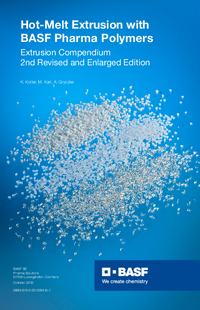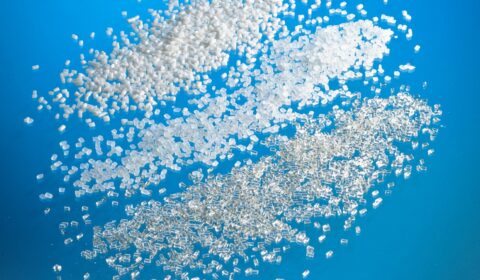Co-Precipitation – a Lower Cost Route to Robust Amorphous Solid Dispersions
Current routes to generate ASDs can result in high costs and present challenges for APIs with thermal sensitivity, organic solubility limitations and/or low glass transition temperatures. Co-precipitated ASD’s (cPAD) present a robust alternative to overcome these challenges and can be generated quickly and at low cost using existing drug substance processing infrastructure. The co-precipitation route also offers new means to influence particle properties; achieving architectures that can allow for dosage units with higher drug load and deliver material suitable for continuous direct compression.
Key Learnings:
- An indepth introduction to co-precipitation as a technique to process low and high melting APIs on simple API facility equipment (high shear mills)
- How the selection of solvent and antisolvents for coprecipitation can impact the physical phase form of the API
- The opportunity for co-precipitation to modulate physical properties of amorphous drug powders for improved flowability, and possibly direct compression
- Regulatory considerations and possible future directions for industrial adoption




